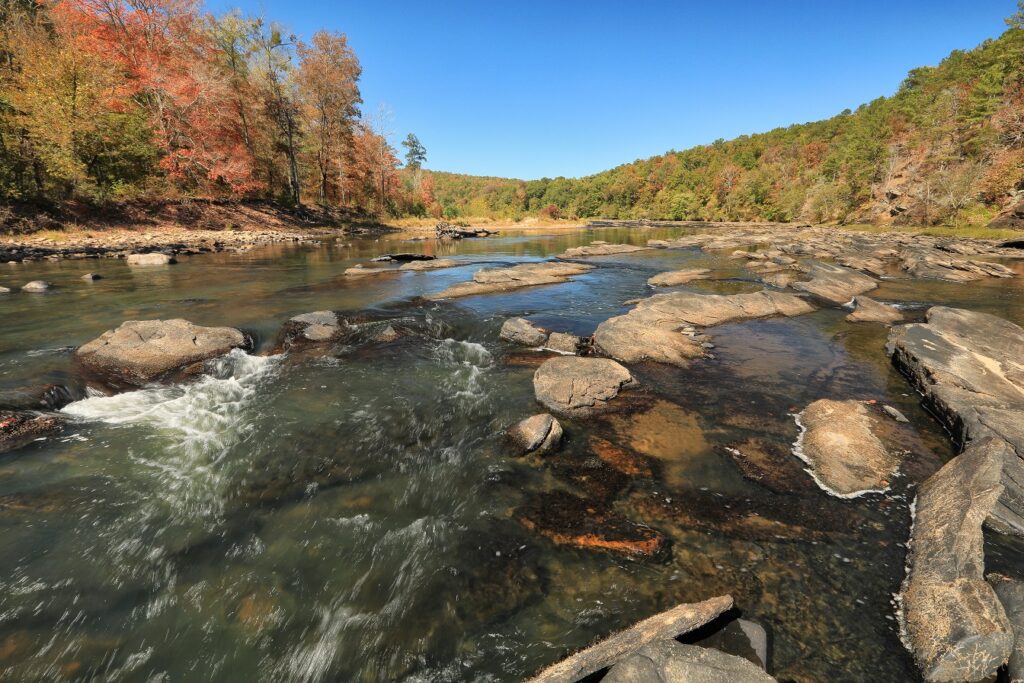
It was Memorial Day weekend, 2019. It was about a hundred degrees out, and it looked like just about everybody in a four-county area was at Sprewell Bluff Park. Huge family picnic set-ups lined the riverbank. Kids of all ages were playing, splashing, and swimming in the water. Little ones were in the gravelly shallows while their bigger siblings explored deeper holes, happy parents looking on. On the big jumping-rock in the middle of everything, a crew of young boys with one teenage ringleader made the leap, one at a time, plunging into the water.
Me? I was in the stern of a fully loaded canoe, my friend of 20 years in the bow, paddling nonstop and trying to make some more miles down the river in the daylight. It was Day Three of a two-week trip—four of us in two canoes—running what we could manage of the full length of the Flint River as it makes its way southward through Georgia. I had never seen so many people at Sprewell Bluff Park in my life.
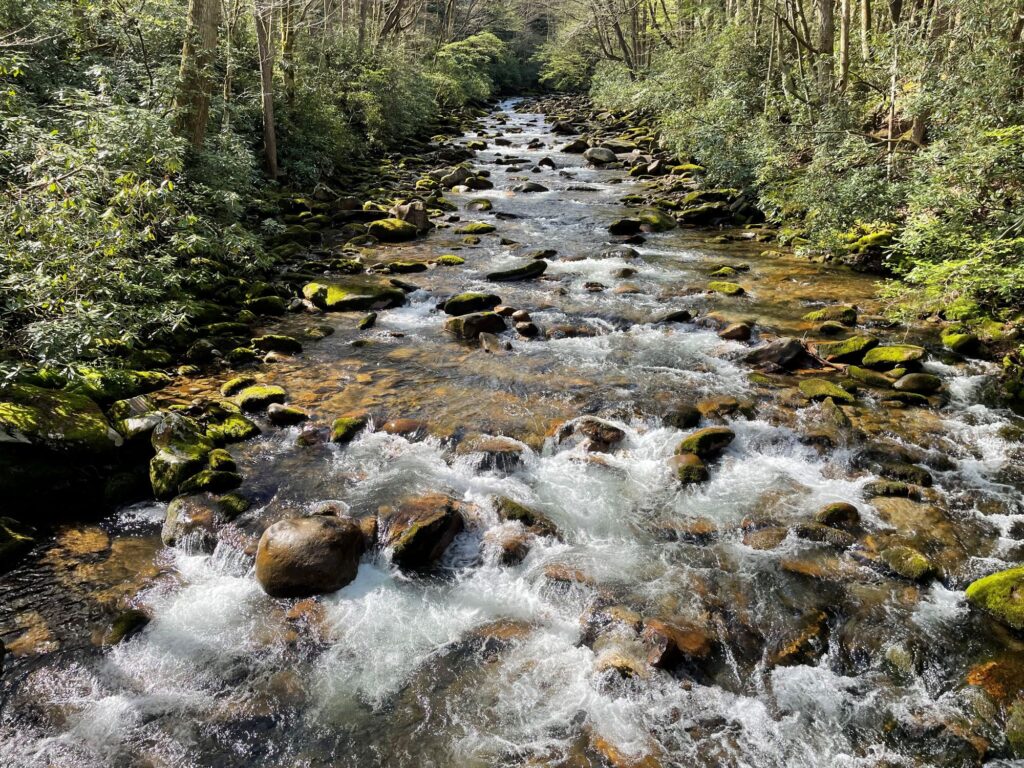
Let's stay in touch!
We’re hard at work in the Southeast for rivers and clean water. Sign up to get the most important news affecting your water and rivers delivered right to your inbox.
And the scene that day would have been impossible if history had turned out differently on the Flint. Like so many other rivers throughout the South and the nation, the Flint’s future for a time was written in the proposals for large dams that would have blocked the river at Sprewell Bluff and two other locations, flooding the surrounding land, and destroying the river as it’s been for eons and as we know it today.
But 50 years ago, in 1973, then-Governor Jimmy Carter saw the deep flaws in those dam proposals. He studied the plans himself, and he listened to both sides of the debate over them: the U.S. Army Corps of Engineers on one side, and on the other a dedicated crew of Georgia conservationists which included among them the late Claude Terry. (Terry was also among the group that founded American Rivers the same year.) After paddling the Sprewell Bluff section of the river himself in a canoe, the Governor began to look more closely. In October of 1973, Carter sent the Corps of Engineers a letter that vetoed the plan for the Sprewell Bluff dam.
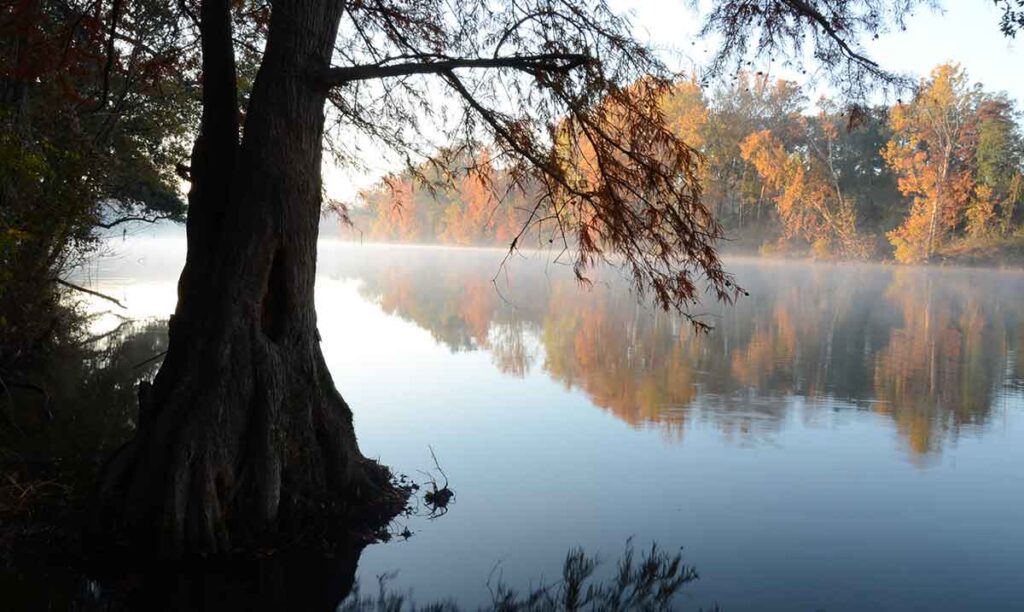
Today, the Flint River is free-flowing from its source on the south side of Atlanta well into the farm country of southwest Georgia. It faces a complex array of 21st-century challenges: runoff from its headwaters in Atlanta, the world’s busiest airport sitting on top of those headwaters, and repeated and unprecedented drought conditions—all occurring while southside Metro Atlanta communities rely on the river system for public water supply. Drought conditions in 2008 led some political leaders, including a congressman who would later become governor, Nathan Deal, to revive talk of damming the Flint at Sprewell Bluff. This talk brought the river onto the list of America’s Most Endangered Rivers® in 2009 and helped catalyze the formation of the Flint Riverkeeper organization.
Yet the river, like any river, is resilient. If it were no longer a river, but just another reservoir, we wouldn’t get to see the grace with which the Flint takes today’s challenges in stride. And if it weren’t for President Carter and an earlier generation of Georgia advocates, the reach of the river above Sprewell Bluff wouldn’t be a river at all.
Postscript
Through President Carter’s work, the Flint River’s story has informed the rest of the story for rivers all across the country. In Washington and as President, just a few years after vetoing the Sprewell Bluff dam as governor, Carter took a hard look at 18 more Corps of Engineers water projects across the country and canceled them. The era of big-dam building was coming to its end, with the President’s help. And although the Flint did its part to help, too, it still needs our help today.
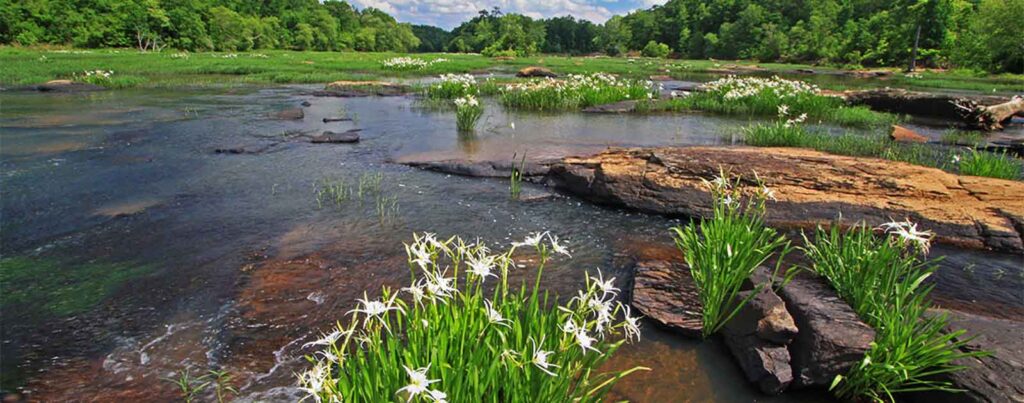
The Flint River
Georgia’s Flint River is a haven of biodiversity, a gem of the Georgia outdoors, and a hard-working river all in one – but it is showing the strains brought on by a changing climate. With increasing frequency and severity, the river withstands floods and droughts that are made more difficult by land development and water use throughout the river basin. The Flint can remain resilient to these challenges, but it needs our help today like never before.

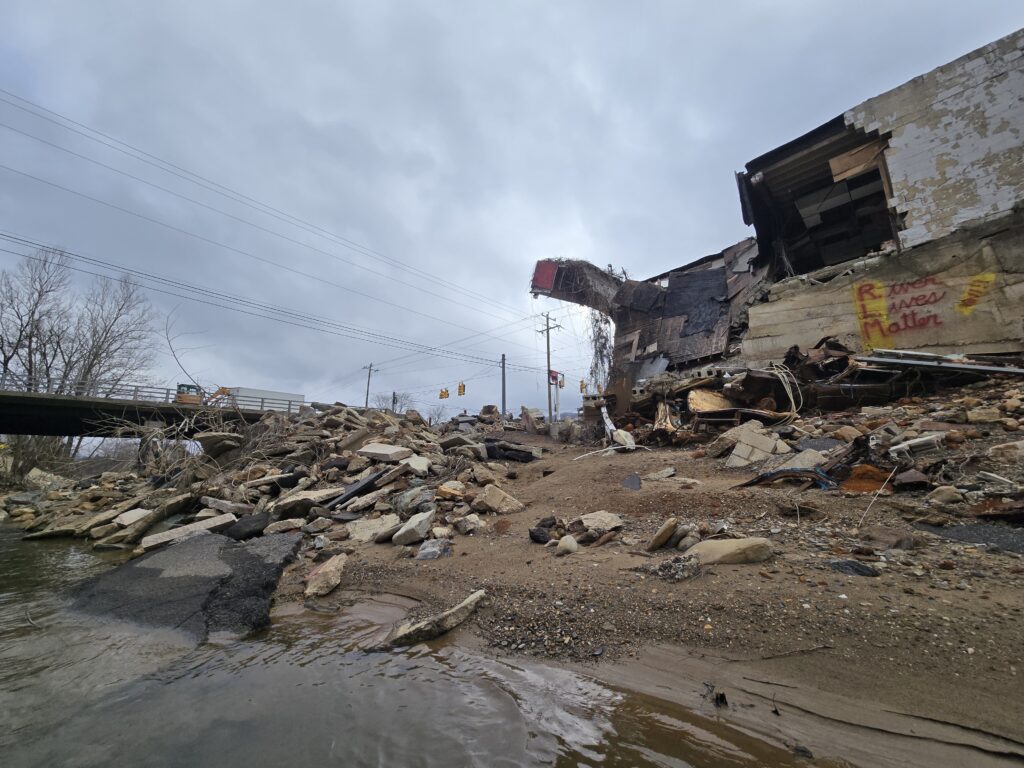
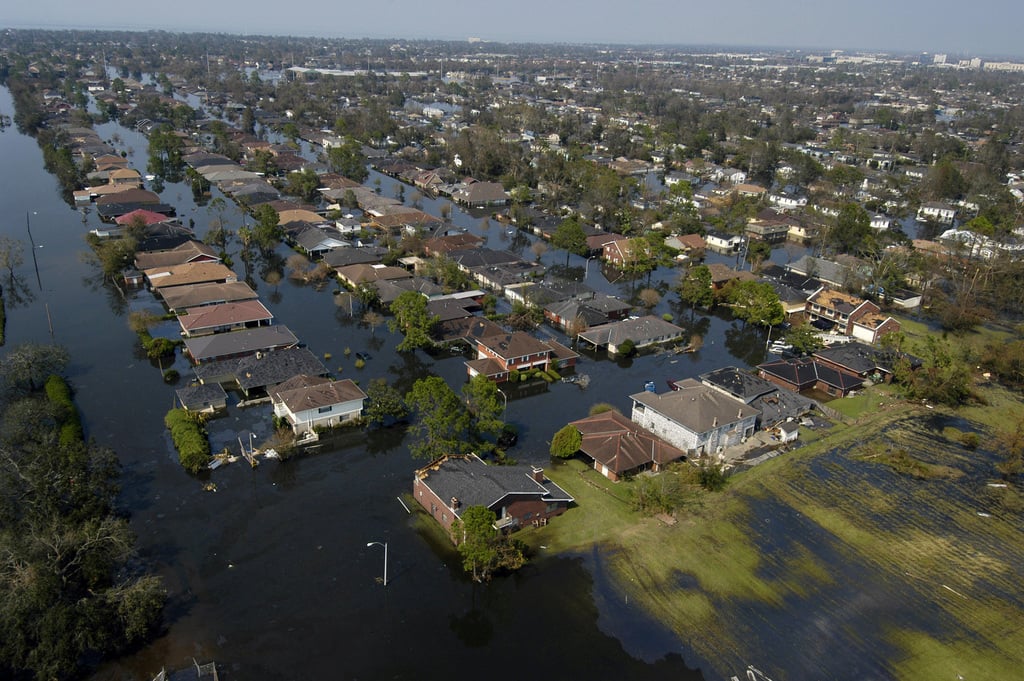
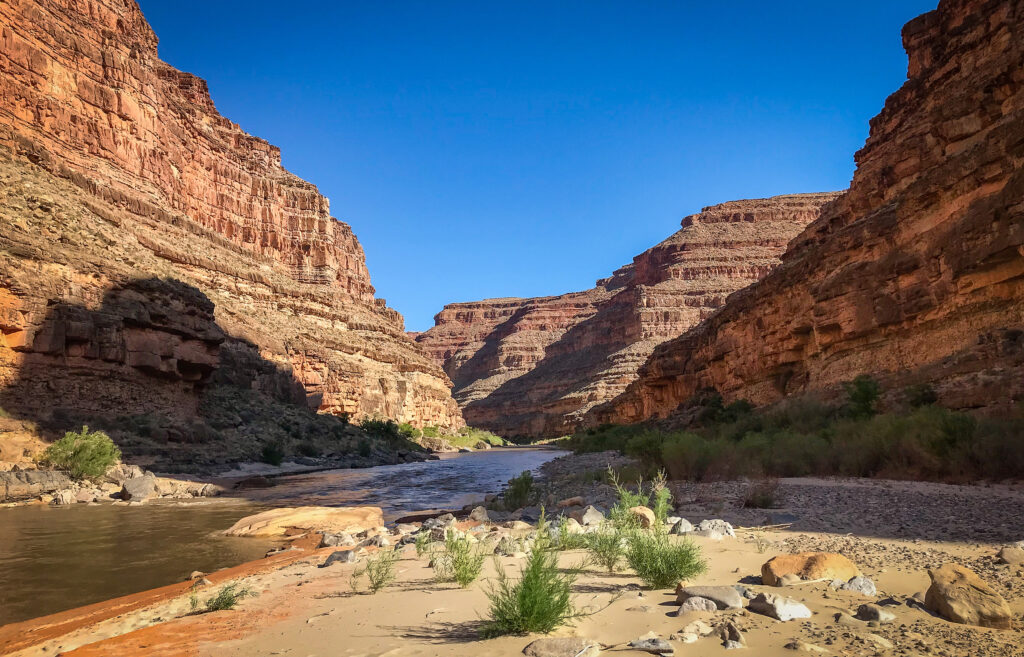
3 responses to “The Letter that Saved the Flint River: 50 Years Later”
Looking back upon the loss of Jimmy Carter. I was in my second year at the University of Georgia when I sent Governor Carter a letter in support of preserving the Flint River – the first letter I ever sent to a politician. In the letter was an R. Cobb cartoon – long forgotten but the cartoon had something to do with conserving nature. I sometimes wonder if that letter and cartoon are in a dusty box somewhere in the archives of the Carter Center.
The only time I ever saw him was when he came to the university for the annual Law Day (May 1 ?), post-Presidency.
He was a good man.
LOVED the Jimmy Carter story! My dad was instrumental with taking Gov. Jimmy Carter down that stretch of Flint River from a launch at his farm (Meriwether County) through the Cove and ending below the Dripping Rock shoals (Talbot County). Also, we took a group of lawyers and land owners with Sen. Nunn at that time and still have the old camera pictures to prove it! We have a letter and Army Corps of Engineers study (two volumes) of a study that was sent to the then Gov. Jimmy Carter which impressed upon him the dam would have destroyed all the agriculture and beauty surrounging this great river! FYI: At the time of the study (back in the 60’s) the proposed dam would only have supplied 2 percent of the peek demands of the Columbus area. No other area was considered to have benefitted from the proposed dam. I remember Jimmy Carter vowing that the Flint would never be dammed in his lifetime! Every time legislation is brought up to discuss for a proposed dam on the Flint River, it was dead on arrival.
Thank you for this inspiring history!
Tom Morgan, Jr.
Know where the corp engineers markers are located for one the dam site but so glad it never happened . Grew up in Upon county and still enjoy spending time on the Flint river.